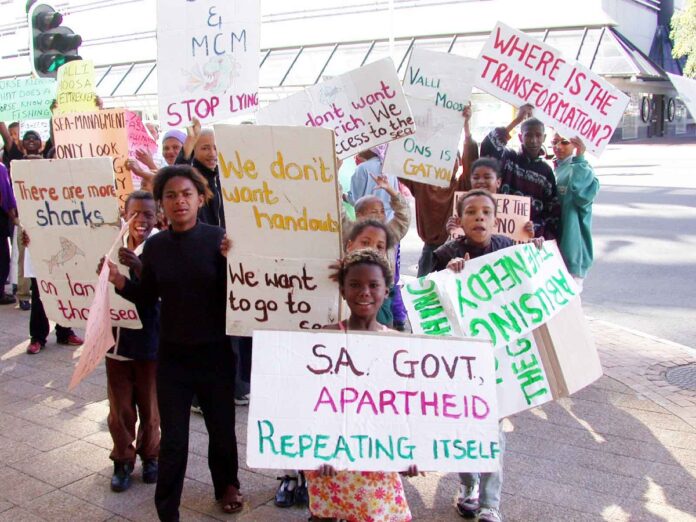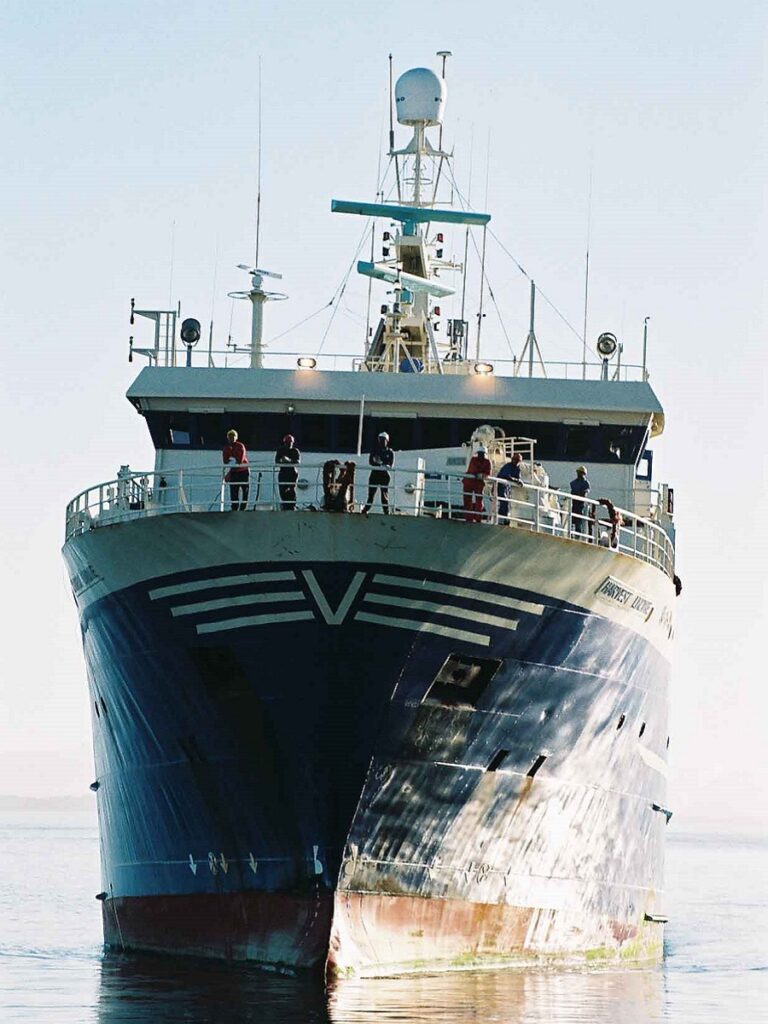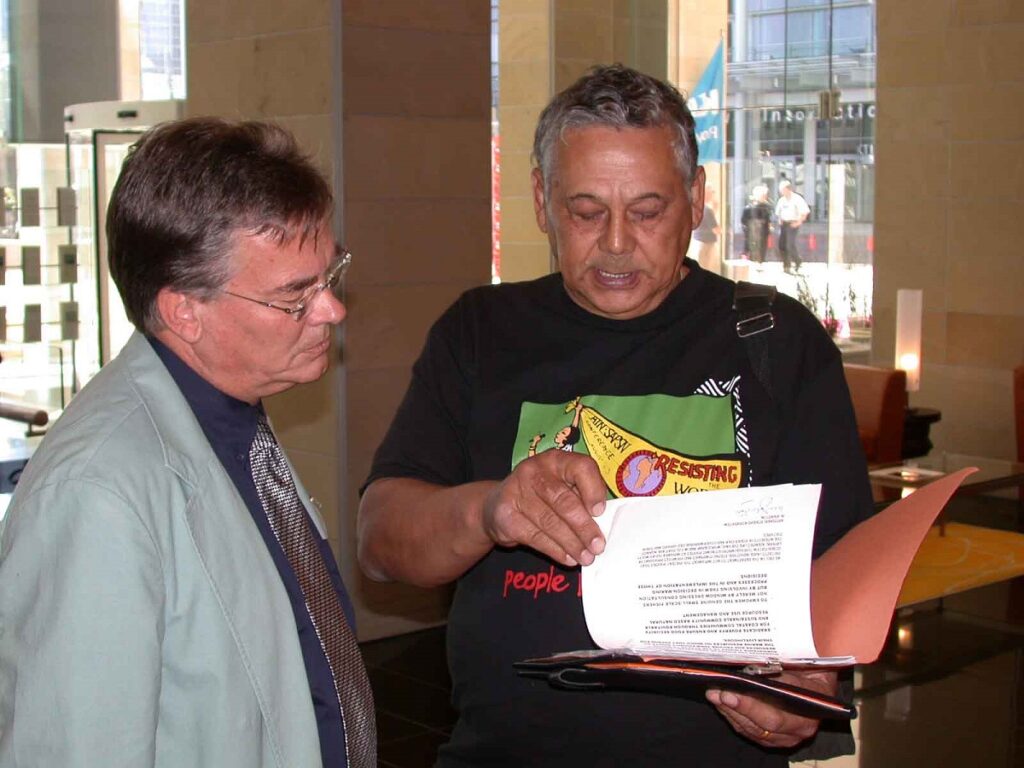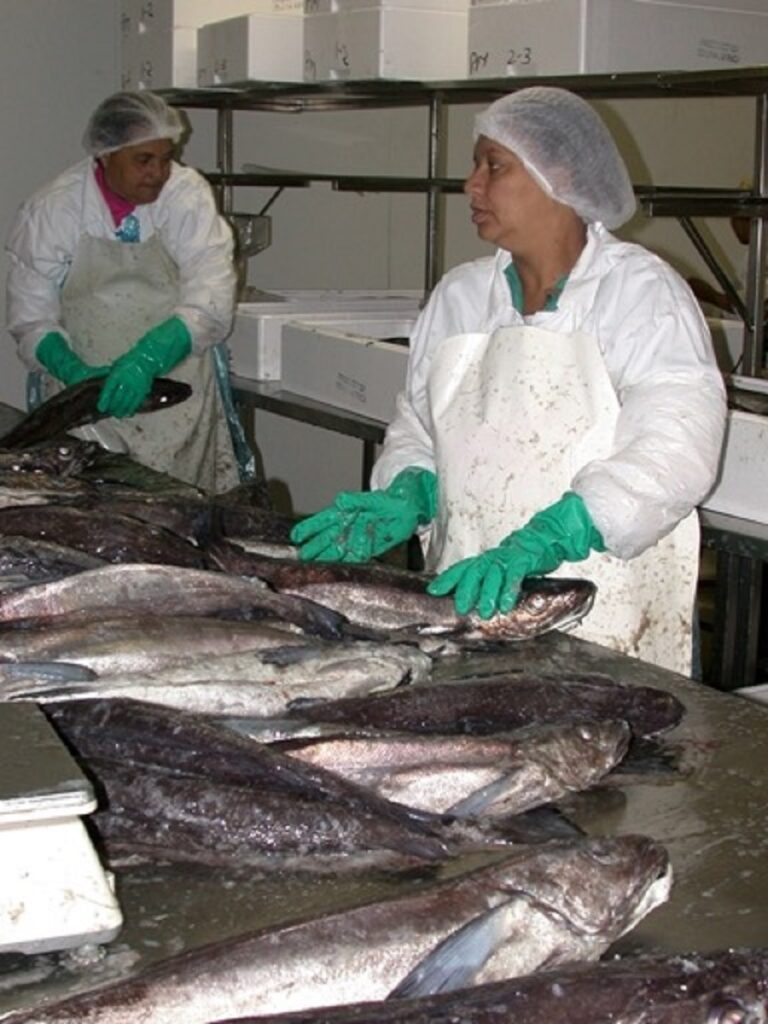
On 24 March, the South African Deep-Sea Trawling Industry Association, SADSTIA, celebrates its 50th anniversary. In a series of articles, Fishing Industry News and Aquaculture Southern Africa looks back at three periods in the past 50 years during which SADSTIA played an influential role in the development of the deep-sea trawl fishery and the fishing industry as a whole. This second article is about the clamour for access and black economic empowerment.
In the mid-1980s, controversy grew around the aspirations of new entrants to the fishing industry versus the rights of established companies – not only in the deep-sea trawl fishery but also in other fisheries. This led to the 1985 Diemont Commission of Enquiry into the Fishing Industry which recommended the establishment of a Quota Board, an independent body whose task it was to allocate quotas and rights of exploitation across all sectors of the fishing industry. The Quota Board was established in 1990. Despite its status as an independent body, it quickly became mired in allegations of corruption and nepotism.
The advent of democracy in 1994 brought with it strong demands for the transformation of the fishing industry. In 1995, the Fisheries Policy Development Committee was established to advise government on how best to transform the industry. The committee was headed by Mandla Gxanyana, formerly a senior office bearer with the Food and Agriculture Workers’ Union. In his history of SADSTIA, former I&J executive Charles Atkins recalls that SADSTIA participated energetically in the extensive debate and furious discussion that characterised the “Mandla Committee”, but its final recommendations were largely ignored by the government.
Management and administration
The Marine Living Resources Act was promulgated in 1998 and significant changes in the management and administration of fisheries in South Africa were introduced. However, the government was poorly prepared to implement new systems of allocation and inundated with applications for fishing rights from hopeful new entrants.
It was only in 2000, when it embarked on a process to allocate medium-term fishing rights and later long-term fishing rights, that the government managed to overcome the biggest legal difficulties associated with the allocation of rights. Interestingly, the process of allocating medium-term and long-term fishing rights gave rise to the first serious schism in SADSTIA. Prior to these allocations, the association had generally been able to reach consensus, even on the most complex issues.
An updated constitution was adopted by SADSTIA on 12 September 2002. This was in recognition of the fact that circumstances in South Africa and the deep-sea trawling industry had changed considerably in the years following the Association’s founding, with membership being opened to a much larger number of vessel operators.
Black economic empowerment
In 1992, there were no black-owned participants in the South African deep-sea trawl fishery for hake. After 1994, government policy was to grant access to historically disadvantaged individuals (HDIs) or HDI-owned companies. The Quota Board allocated rights annually and introduced new right holders in waves. Because the hake total allowable catch (TAC) was limited, each wave brought in more right holders, but with progressively less tonnage.
For instance, in 1993 the Quota Board introduced four new right holders with 1000 tons each, followed by 13 new quota holders with 343 tons each in 1996 and 15 new quota holders with 251 tons each in 1997. Forty-five new right holders emerged during this period, holding an average 605 tons of hake each. The new entrants were admitted to the fishery at the expense of the larger quota holders which saw their absolute quota size and share of TAC decline over this period.

In 2001, Sea Harvest demonstrated its confidence in the process to allocate medium-term and long-term rights to the commercial fisheries when it purchased a Danish-built factory trawler at a cost of R120 million (about US $12 million at the time). The vessel was renamed Harvest Lindiwe. Photo: Sea Harvest


The market for prime quality fresh hake boomed in the early 2000s. In 2005, with the allocation of long-term rights to the longline and handline fisheries, 235 new right holders were incorporated into the hake fishery. Photo: Claire Ward
In preparing for the allocation of medium-term and long-term rights between 2000 and 2005, many members of SADSTIA pioneered black economic empowerment arrangements. They embraced the notions of black ownership, black management and affirmative procurement long before their counterparts in other industries.
Going into the rights allocation of 2021 to 2023, the deep-sea trawling industry was deemed to be 67% black-owned and a level 2 contributor to broad-based black economic empowerment. In 2023, the Department of Forestry, Fisheries and the Environment estimated 86% of rights in the hake deep-sea trawl are black-owned.
Start at the beginning and read these articles : SADSTIA Celebrates its 50th Anniversary and SADSTIA Marks 50-Year Milestone




















Comments are closed.